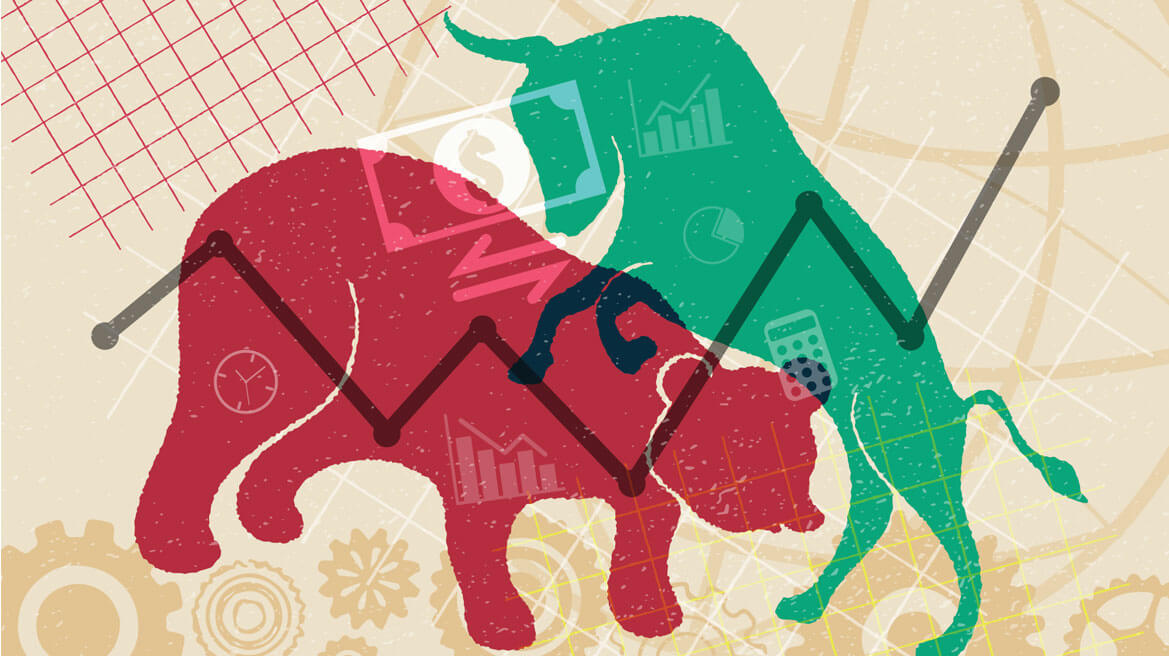
How to calculate Return on Investment?
To every investor, it is the return on investment that matters the most. The value helps investors in making the right decisions. When comparing various investment options, the return on each investment is taken as the major deciding parameter. However, it is impossible to predict the exact return as every investment instrument is subject to contingencies and risks. Then how to figure out how much your investment is going to earn you? Let’s find out what are the most common measures used to get portfolio performance. The arithmetic mean of past performances is the most common measure used to get average performance rate of the investment fund and helps investors compare various options and then select a suitable investment.
The arithmetic mean is calculated by dividing the sum of total returns over the years to the total
number of returns. The average return reveals details related to the past performance of the investment instrument.
Stock Market Indices
Almost every investor shows a keen interest in the stock market. Different countries have different companies that traded their stocks at different values. In terms of the global scenario, a number of different types of market indexes are used in performance measurement like the S&P 500 index and other S&P indices for the US market that indicates the performance of 500 America’s largest publicly traded companies.
Historical records show that the average annual return of the S&P 500 is about 11.7% for the last 10 years. It is further subject to fluctuations caused by inflation and other factors. Investors are likely to see a minimal decrease in purchasing power of 2% to 3% every year owing to inflation.
What to Expect from the Stock Market?
Sometimes, investment risk comes with the possibility of losing money. Remember, that all the historical data in the world can’t predict the future.
Let’s look at the following example; the selected portfolio’s historical average annual returns are 11% for the last 5 years. The investment portfolio though faced some negative returns in 2 of those 5 years. That means that the average return on stocks doesn’t rise every year. But, the market has gone up over the years. In order to achieve 11% average returns, there must be some risks involved.
The fluctuations in the market are called volatility. Volatility plays an incredibly important role.
Volatility can be avoided or diversified away by investing in different non-correlated assets globally. Non-correlated means the performance of one is not related to the performance of the other. For example, you could build a portfolio of stocks and bonds – two non-correlated asset classes.
A well-diversified portfolio will reduce the risk unless there is some systematic risk. Systematic risk affects the whole market as it brought up by recessions or political crises. It probably can’t be “diversified” away.
Mutual funds can provide a way to achieve a diversified portfolio because they pool many different investments together. One fund could hold hundreds or even thousands of stocks, bonds, or other investments. Another alternative is to invest with Robo-advisors like Wealthface that uses a diversified portfolio of ETFs based on your goals, risk tolerance, and projected timeline at a much lower cost.
Finally, if you’re looking to invest your money, always be positive when things look bad
As a wise investor, you should celebrate when the market is going down. Make sure you invest at attractive valuations and foresee higher future returns.




